Home>Articles>What Type Of Dimmer Switch Is Needed For LED Lights


Articles
What Type Of Dimmer Switch Is Needed For LED Lights
Modified: December 7, 2023
Discover the best dimmer switch for LED lights in our latest articles. Learn about different types of dimmer switches and find the perfect one for your LED lighting setup.
(Many of the links in this article redirect to a specific reviewed product. Your purchase of these products through affiliate links helps to generate commission for Storables.com, at no extra cost. Learn more)
Introduction
LED lights have become increasingly popular in recent years due to their energy efficiency, long lifespan, and versatility. They are now commonly used in homes, offices, and various types of establishments. One of the key advantages of LED lights is their compatibility with dimmer switches, allowing you to adjust the brightness and create the desired ambiance in your space.
However, not all dimmer switches are suitable for use with LED lights. Using the wrong type of dimmer switch can lead to flickering, buzzing, or even damage to the LED lights. Therefore, it is crucial to understand the different types of dimmer switches available and choose the right one for your LED lighting setup.
In this article, we will explore the various types of dimmer switches suitable for LED lights and provide guidance on how to choose the right dimmer switch for your specific LED lighting needs. Understanding the compatibility of LED lights with different dimmer switches will ensure proper functionality and optimize your lighting experience.
Key Takeaways:
- Choose the right dimmer switch for LED lights by considering compatibility, minimum load requirements, and additional features. Trailing-edge dimmer switches are often recommended for smooth dimming and compatibility with low-voltage LED bulbs.
- Prioritize safety and professional installation when setting up dimmer switches for LED lights. Follow manufacturer’s instructions, test functionality, and seek assistance if needed to ensure a successful and enjoyable lighting experience.
Understanding LED Lights
LED stands for Light Emitting Diode. Unlike traditional incandescent or fluorescent lights, LED lights do not rely on heating a filament or exciting gas to produce light. Instead, they use a semiconductor to convert electrical energy into light. This innovative technology allows LED lights to be more energy-efficient, durable, and environmentally friendly compared to conventional lighting options.
LED lights are available in a wide range of colors, from warm white to cool white, as well as various color options for decorative and accent lighting purposes. They are known for their brightness and clarity, making them ideal for both general illumination and specific task lighting applications.
LED lights also have a significantly longer lifespan compared to traditional lighting options. On average, LED bulbs can last up to 25 times longer than incandescent bulbs and up to 10 times longer than compact fluorescent bulbs. This longevity makes LED lights a cost-effective choice in the long run, as they require less frequent replacement.
Another advantage of LED lights is their instant-on feature, which means they reach full brightness immediately upon being turned on. Unlike fluorescent lights that may take a few seconds to warm up, LED lights provide instant illumination, making them particularly suitable for areas where immediate lighting is required.
Furthermore, LED lights are highly durable and resistant to shock, vibration, and extreme temperature conditions. This makes them suitable for a wide range of settings, including both indoor and outdoor applications. Whether you need lighting for your home, office, retail space, or outdoor landscape, LED lights are a reliable and versatile option.
Now that we have a basic understanding of LED lights, let’s delve into the world of dimmer switches and examine their compatibility with LED lighting.
Dimmer Switch Compatibility
When it comes to using dimmer switches with LED lights, it’s important to consider compatibility to ensure proper functionality and prevent any potential issues. Unlike incandescent or halogen lights, LED lights require a specific type of dimmer switch that is designed to work with their unique electrical characteristics.
One of the main factors to consider is the minimum load requirement of the dimmer switch. LED lights consume significantly less power compared to traditional lights, which means they have a lower wattage. Some older dimmer switches have a higher minimum load requirement, often around 40 watts or more. If the wattage of your LED lights falls below this minimum requirement, you may experience flickering or buzzing when dimming the lights. It is important to choose a dimmer switch with a lower minimum load requirement that matches the wattage of your LED lights.
Another consideration is the type of dimming technology used in the switch. Traditional incandescent lights are designed to work with leading-edge dimmers, which cut off the front portion of the AC waveform to dim the lights. However, this type of dimming method may not be compatible with LED lights, as they require a smoother waveform to function properly. LED lights often require dimmer switches with trailing-edge technology, which gradually cuts off the trailing edge of the AC waveform to achieve smooth and flicker-free dimming.
It’s worth noting that not all LED lights and dimmer switches are created equal. Some LED lights are compatible with both leading-edge and trailing-edge dimmer switches, while others may require specific dimmer models. It’s important to check the manufacturer’s specifications for your LED lights to determine the recommended dimmer switch type for optimal performance.
In addition to the minimum load requirement and dimming technology, it’s also essential to consider other features of the dimmer switch that can enhance the functionality and convenience of your LED lights. Some advanced dimmer switches offer features like preset dimming levels, remote control, and compatibility with smart home systems. These additional features can provide a personalized lighting experience and make it easier to adjust the brightness of your LED lights.
Now that we have a better understanding of the compatibility factors, let’s explore the different types of dimmer switches available in the market for LED lights.
Types of Dimmer Switches
When it comes to choosing a dimmer switch for your LED lights, there are three main types to consider: leading-edge dimmer switches, trailing-edge dimmer switches, and universal dimmer switches. Each type has its own advantages and compatibility features.
Leading-Edge Dimmer Switches
Leading-edge dimmer switches, also known as forward phase dimmers or incandescent dimmers, are the traditional type of dimmer switches designed for use with incandescent lights. These switches work by cutting off the front portion of the AC waveform to reduce the amount of power reaching the light source, thus dimming the lights.
While leading-edge dimmers are not the ideal choice for LED lights, they can still be used in some cases, especially with older or less sensitive LED bulb models. However, it’s important to note that the compatibility can vary depending on the specific LED bulb and dimmer switch combination. Using leading-edge dimmers with incompatible LED lights may result in flickering, buzzing, or reduced dimming range.
Read more: What Is A Dimmer Switch
Trailing-Edge Dimmer Switches
Trailing-edge dimmer switches, also referred to as electronic low voltage dimmers or ELV dimmers, are specifically designed for use with LED lights. These switches work by cutting off the trailing edge of the AC waveform, resulting in a smooth dimming effect without flickering or buzzing. Trailing-edge dimmer switches provide accurate and precise control over the brightness of LED lights, allowing you to create the desired ambiance in your space.
Trailing-edge dimmers are generally more suitable for low-voltage LED lights and fixtures. They are compatible with most LED bulbs and have a lower minimum load requirement compared to leading-edge dimmers. However, it is still essential to check the manufacturer’s recommendations for compatibility with specific LED bulb models, especially when using dimmable LED drivers or transformers.
Universal Dimmer Switches
Universal dimmer switches, as the name suggests, are designed to work with a wide range of light sources, including incandescent, halogen, and LED lights. These switches offer versatility and can automatically detect the type of load connected to them. Universal dimmer switches often have adjustable settings to optimize compatibility with different types of lights, making them a convenient option when you have a mix of lighting technologies in your space.
Universal dimmer switches can provide reliable dimming performance for both leading-edge and trailing-edge compatible LED lights. This flexibility makes them a popular choice for those who have existing lighting setups with a combination of different types of bulbs.
Now that we have explored the different types of dimmer switches, let’s discuss how to choose the right dimmer switch for your LED lights.
Leading-Edge Dimmer Switches
Leading-edge dimmer switches, also known as forward phase dimmers or incandescent dimmers, are the traditional type of dimmer switches that have been widely used with incandescent lights for many years. These switches work by cutting off the front portion of the AC waveform to reduce the amount of power reaching the light source, thus dimming the lights.
Leading-edge dimmers have been the go-to option for dimming incandescent lights due to their simple and cost-effective design. However, they are not always the ideal choice for dimming LED lights. The compatibility of leading-edge dimmers with LED lights can vary depending on the specific LED bulb and dimmer switch combination.
When using leading-edge dimmers with LED lights, it is important to consider a few factors. One key consideration is the compatibility of the LED bulb with leading-edge dimming technology. Some LED bulbs are engineered to work with leading-edge dimmers, while others may require trailing-edge or universal dimmers for optimal performance.
Another factor to consider is the minimum load requirement of the leading-edge dimmer switch. LED lights have lower wattage and consume significantly less power compared to incandescent lights. Some older leading-edge dimmers have a higher minimum load requirement, often around 40 watts or more. If the wattage of your LED lights falls below this minimum requirement, you may experience flickering, buzzing, or limited dimming range.
It’s worth noting that advancements have been made in leading-edge dimming technology to cater to the compatibility needs of LED lights. Some leading-edge dimmer switches now offer adjustable settings or compatibility modes specifically designed for dimming LEDs. These dimmers can help reduce issues such as flickering and buzzing, making them a more viable option for certain LED lighting setups.
However, it’s important to keep in mind that compatibility can still vary depending on the specific LED bulb and dimmer switch combination. It is recommended to consult the manufacturer’s recommendations and test the compatibility before fully committing to using leading-edge dimmers with LED lights.
Ultimately, if you have the option to choose, it is generally recommended to use trailing-edge dimmer switches or universal dimmer switches specifically designed for use with LED lights. These dimmer switches provide smoother dimming performance and are more compatible with a wider range of LED bulbs, ensuring optimal functionality and longevity of your LED lighting system.
Now that we have covered leading-edge dimmer switches, let’s proceed to explore trailing-edge dimmer switches and their compatibility with LED lights.
Trailing-Edge Dimmer Switches
Trailing-edge dimmer switches, also known as electronic low voltage (ELV) dimmers, are specifically designed for use with LED lights. These switches operate by cutting off the trailing edge of the alternating current (AC) waveform to reduce the power reaching the light source, resulting in smooth and flicker-free dimming of the LEDs.
Trailing-edge dimmers are a more suitable choice for LED lights compared to leading-edge dimmers. The smooth dimming effect achieved through trailing-edge technology eliminates issues like flickering and buzzing, ensuring a pleasant and consistent lighting experience.
One of the key benefits of trailing-edge dimmer switches is their compatibility with low-voltage LED lights. Since LED lights operate on low voltage, trailing-edge dimmers provide the precise voltage control required for optimal dimming without causing any damage to the LED bulbs.
When choosing a trailing-edge dimmer switch, it is important to consider the wattage range it can accommodate. LED bulbs have lower wattage compared to incandescent lights, so the dimmer switch should have a compatible wattage range for efficient and effective dimming. It is essential to check the manufacturer’s recommendations for the specific wattage range that the trailing-edge dimmer switch can handle to ensure compatibility with your LED lights.
Additionally, some trailing-edge dimmer switches come with adjustable settings that allow you to fine-tune the dimming performance according to your preferences. These settings may include adjustments for the minimum brightness level and the dimming range, ensuring even greater control over the lighting ambiance.
It’s important to note that not all LED bulbs are compatible with trailing-edge dimmers. Some LED bulbs may require specific dimmer models or have compatibility restrictions due to their internal circuitry. It is crucial to check the manufacturer’s recommendations or consult with a lighting professional to ensure the compatibility between the LED bulbs and the trailing-edge dimmer switch.
In summary, trailing-edge dimmer switches are an excellent choice for dimming LED lights. With their smooth dimming capabilities and compatibility with low-voltage LED bulbs, they provide optimal performance and ensure a visually appealing lighting experience. When selecting a trailing-edge dimmer switch, it is essential to consider the wattage range and any adjustable settings to ensure compatibility with your LED lights and meet your specific lighting requirements.
Now that we have explored trailing-edge dimmer switches, let’s move on to discussing universal dimmer switches and their compatibility with LED lights.
Universal Dimmer Switches
Universal dimmer switches offer a versatile solution for dimming a variety of light sources, including incandescent, halogen, and LED lights. These switches are designed to automatically detect and adapt to the type of load connected to them, providing compatibility and convenience for mixed lighting setups.
The main advantage of universal dimmer switches is their ability to work with different types of lighting technologies. They can accommodate both leading-edge and trailing-edge dimming methods, making them a suitable choice for a wide range of LED lights.
With universal dimmer switches, you have the flexibility to control the brightness of your LED lights without worrying about compatibility issues. These switches often have adjustable settings or compatibility modes that can be set to the specific lighting technology you are using, ensuring proper dimming performance and minimizing any potential flickering or buzzing.
When selecting a universal dimmer switch for your LED lights, consider factors such as the maximum wattage it can handle and any additional features it offers. The wattage range should be compatible with the power requirements of your LED lights to ensure that the dimming functionality is efficient and effective.
In addition to wattage compatibility, some universal dimmer switches come with features like preset dimming levels or the ability to connect to smart home systems for enhanced convenience. These features can further enhance your lighting experience and allow you to customize the ambiance according to your preferences.
It’s important to note that while universal dimmer switches offer compatibility with various light sources, not all LED bulbs and dimmer switch combinations may work seamlessly together. It is recommended to consult the manufacturer’s recommendations and test the compatibility before fully committing to using a universal dimmer switch with your LED lights.
Overall, universal dimmer switches provide a convenient and versatile solution for dimming LED lights. Their ability to accommodate different types of dimming technologies makes them suitable for a wide range of LED bulbs, offering reliability, ease of use, and control over your lighting environment.
Now that we have covered universal dimmer switches, let’s move on to discussing how to choose the right dimmer switch for your LED lights.
Choosing the Right Dimmer Switch for LED Lights
Selecting the right dimmer switch for your LED lights is essential to ensure optimal performance, smooth dimming, and compatibility. Here are some factors to consider when choosing a dimmer switch for your LED lighting setup:
Compatibility:
Check the compatibility of the dimmer switch with your specific LED bulbs. Some LED bulbs may require trailing-edge dimmers, while others may work well with leading-edge or universal dimmers. Refer to the manufacturer’s recommendations for compatibility information or consult with a lighting professional if needed.
Minimum Load Requirement:
Consider the minimum load requirement of the dimmer switch. LED lights have lower wattage compared to incandescent lights, so ensure that the minimum load requirement of the dimmer switch matches or is lower than the wattage of your LED bulbs. This will help prevent issues such as flickering or limited dimming range.
Dimming Range:
Evaluate the dimming range offered by the dimmer switch. Some switches provide a wide range of dimming options, allowing you to adjust the brightness to your desired level. Consider your preferences and lighting needs to choose a dimmer switch with a suitable dimming range.
Additional Features:
Explore any additional features the dimmer switch may offer. Some switches come with preset dimming levels or compatibility with smart home systems, providing added convenience and customization options for your LED lighting setup.
Quality and Reliability:
Choose a dimmer switch from a reputable brand and ensure its quality and reliability. Look for switches that have been tested and certified for compatibility with LED lights. This will help ensure long-term performance and avoid potential issues with the dimming functionality of your LED lights.
Professional Installation:
Consider hiring a professional electrician for the installation of the dimmer switch. They have the expertise and knowledge to ensure proper wiring and compatibility between the switch and your LED lights. Professional installation can help avoid any electrical or compatibility issues that may arise from incorrect installation.
By considering these factors and doing thorough research, you can choose the right dimmer switch for your LED lights. This will ensure a seamless and enjoyable dimming experience while preserving the longevity and performance of your LED lighting system.
In the next section, we will discuss the installation and setup process of dimmer switches for LED lights.
Installation and Setup
The installation and setup process of a dimmer switch for LED lights can vary depending on the specific switch and your existing electrical wiring. It is important to follow safety guidelines and, if necessary, consult a professional electrician for assistance. Here are some general steps to consider:
1. Turn Off Power:
Before starting any electrical work, turn off the power supply to the circuit at the main breaker panel. This will ensure your safety during the installation process.
2. Remove Existing Switch:
Remove the existing switch by unscrewing the mounting screws and gently pulling the switch away from the wall. Take note of the wiring connections on the old switch for reference during installation.
3. Wire Connections:
Follow the manufacturer’s instructions to make the proper wire connections with the dimmer switch. Typically, this involves connecting the hot wire (usually colored black) to the “Line” terminal, the load wire (often colored red) to the “Load” terminal, and the ground wire to the appropriate grounding terminal. Make sure to securely tighten all wire connections.
Read more: What Kind Of Dimmer Switch Do I Need
4. Mounting the Dimmer Switch:
Mount the dimmer switch onto the electrical box in the wall, aligning it with the mounting holes. Use the provided screws to secure the switch in place. Ensure that the switch is level and securely attached to the wall.
5. Restore Power and Test:
Once the dimmer switch is securely installed, turn the power back on at the main breaker panel. Verify that the dimmer switch is receiving power by checking if the indicator light or any display on the switch is illuminated. You can then test the dimming functionality by gradually adjusting the brightness of the LED lights using the switch.
6. Adjustments and Programming:
If your dimmer switch allows for adjustments or programming, refer to the manufacturer’s instructions to customize any settings such as minimum brightness levels or dimming ranges.
7. Safety Checks:
After installation, ensure that all connections are secure and there are no exposed wires. Test the dimmer switch and LED lights again to ensure proper functionality and smooth dimming without any flickering or buzzing. If any issues persist or if you are unsure about the installation, consult a professional electrician for further assistance.
By following these steps and any additional instructions provided with the dimmer switch, you can properly install and set up a dimmer switch for your LED lights. Remember to prioritize safety and if in doubt, seek professional help to ensure a successful installation.
In the final section, we will conclude our discussion on dimmer switches for LED lights.
Read more: What Is Type A Light Bulb
Conclusion
Choosing the right dimmer switch for your LED lights is essential to create the perfect ambiance and optimize the functionality of your lighting setup. Understanding LED lights and the compatibility of different dimmer switch types is crucial in achieving smooth dimming without any issues like flickering or buzzing.
It’s important to consider factors such as compatibility, minimum load requirements, dimming range, additional features, and the quality of the dimmer switch when making a decision. Trailing-edge dimmer switches are often recommended for LED lights due to their smooth dimming capabilities and compatibility with low-voltage LED bulbs. Additionally, universal dimmer switches offer versatility for mixed lighting setups, accommodating both leading-edge and trailing-edge dimming technologies.
During installation and setup, it is crucial to follow safety guidelines and consult a professional electrician if needed. Proper wiring and secure connections are essential to ensure the dimmer switch functions correctly and ensures the longevity of the LED lights.
By taking the time to choose the right dimmer switch and conducting proper installation and setup, you can enjoy the benefits of creating the desired lighting ambiance, adjusting the brightness to your preference, and optimizing energy savings with your LED lights.
Remember to always refer to the manufacturer’s recommendations for compatibility and installation instructions to ensure proper functionality and avoid any potential issues. If you experience any difficulties or have specific questions, it is best to seek professional assistance.
With the right dimmer switch and proper installation and setup, you can enjoy the full potential of your LED lights and transform the atmosphere of your space with ease.
Thank you for reading this comprehensive guide on choosing and installing dimmer switches for LED lights. We hope this article has provided valuable insights and guidance to help you make informed decisions for your lighting needs.
Frequently Asked Questions about What Type Of Dimmer Switch Is Needed For LED Lights
Was this page helpful?
At Storables.com, we guarantee accurate and reliable information. Our content, validated by Expert Board Contributors, is crafted following stringent Editorial Policies. We're committed to providing you with well-researched, expert-backed insights for all your informational needs.
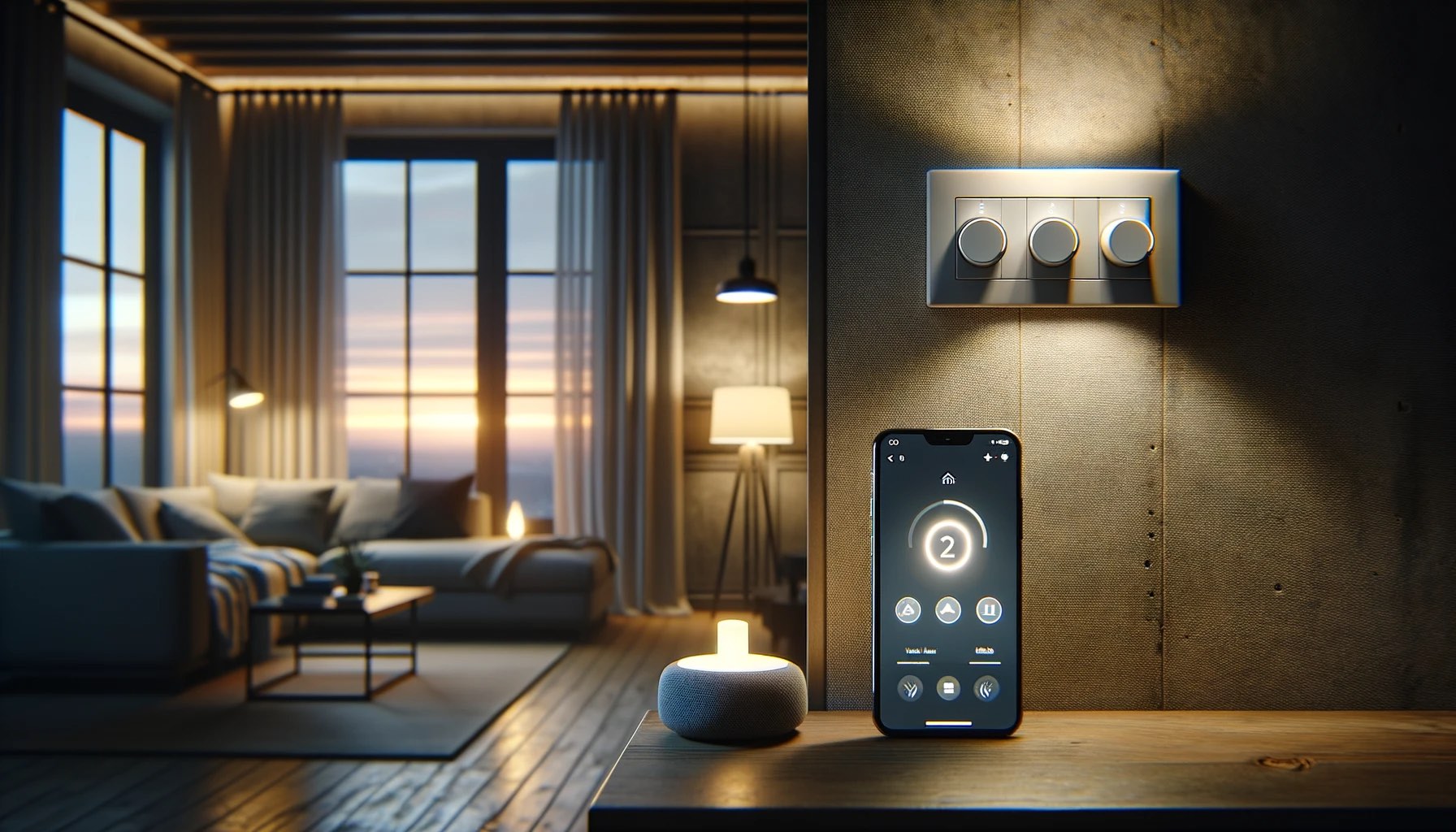
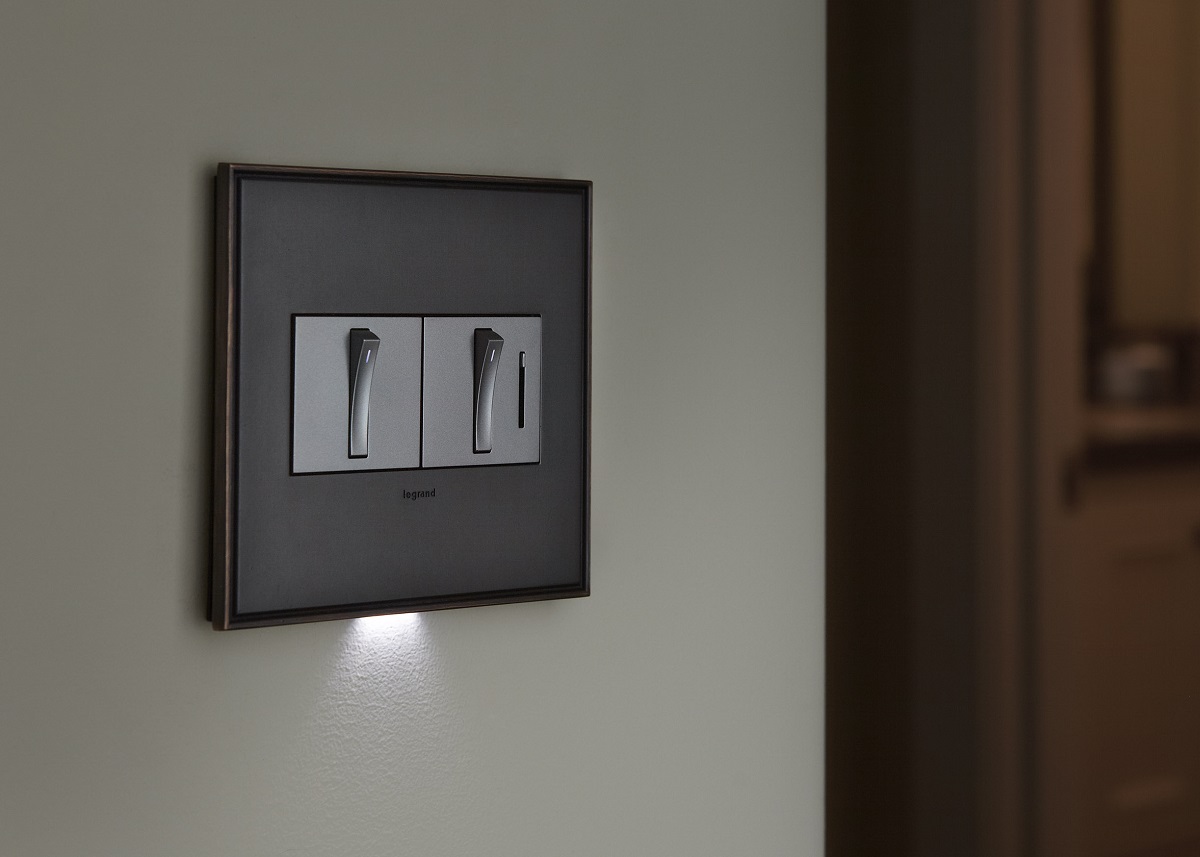
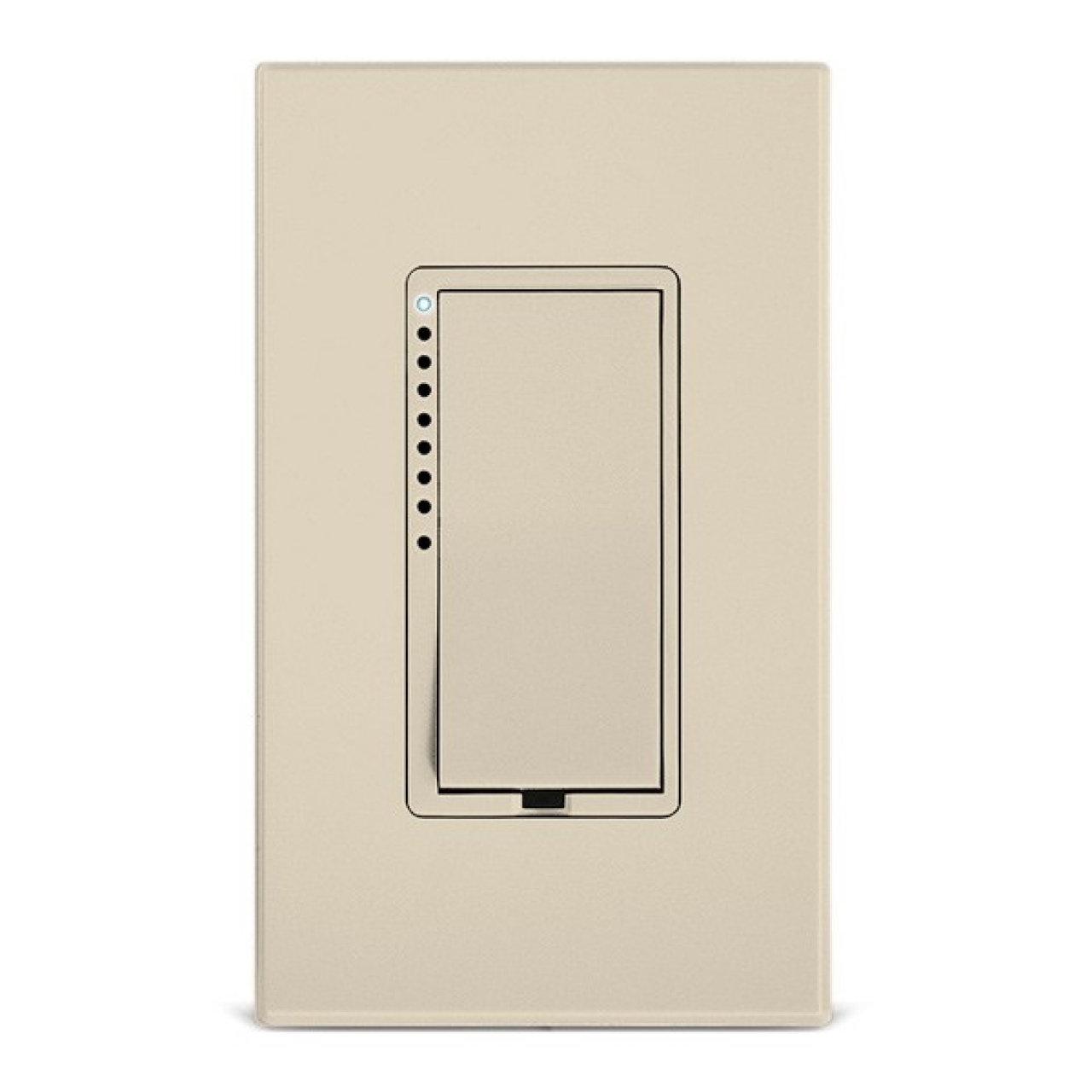
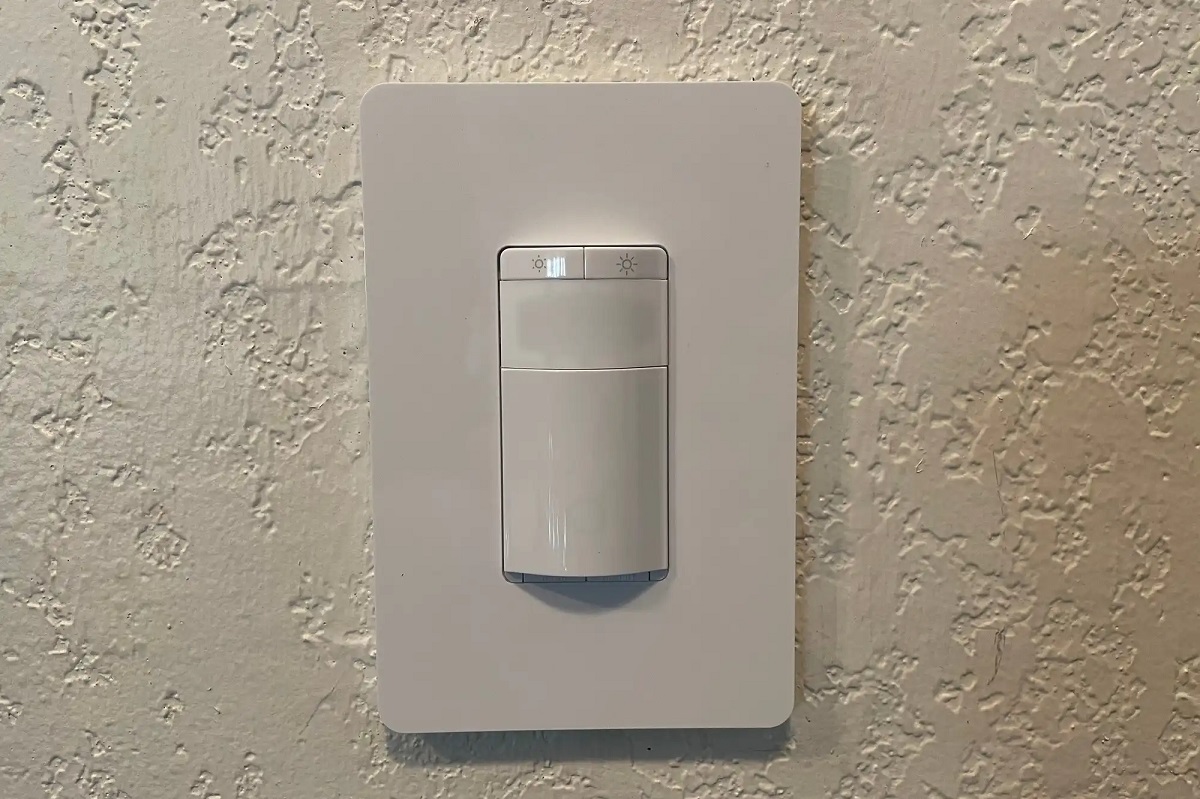
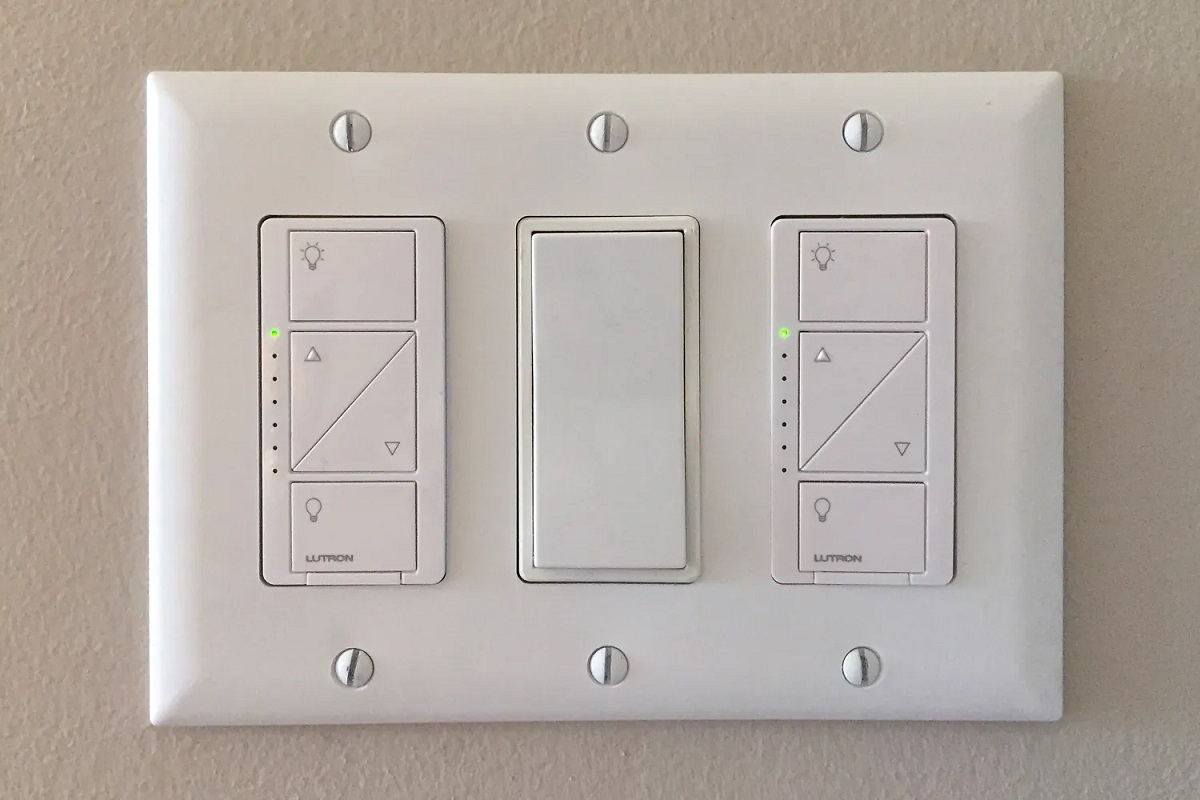
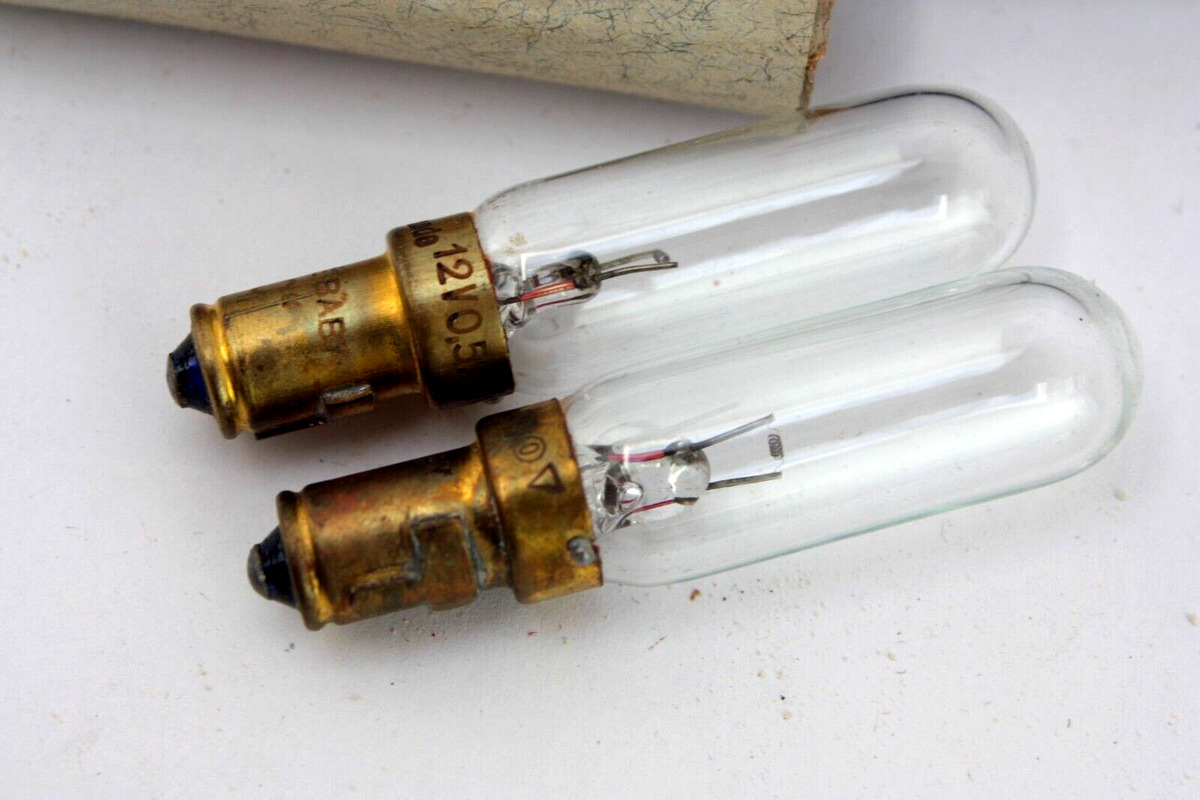
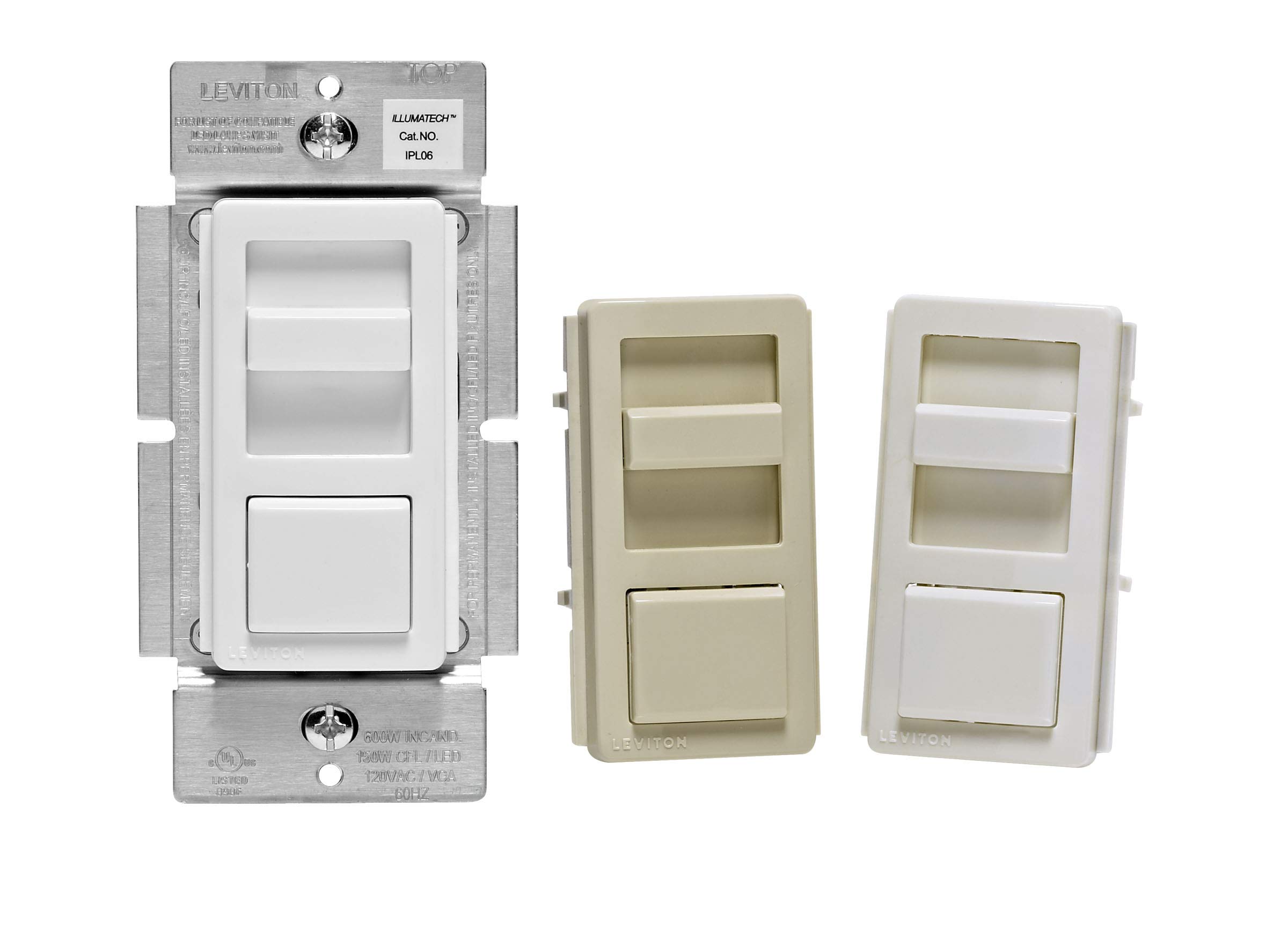
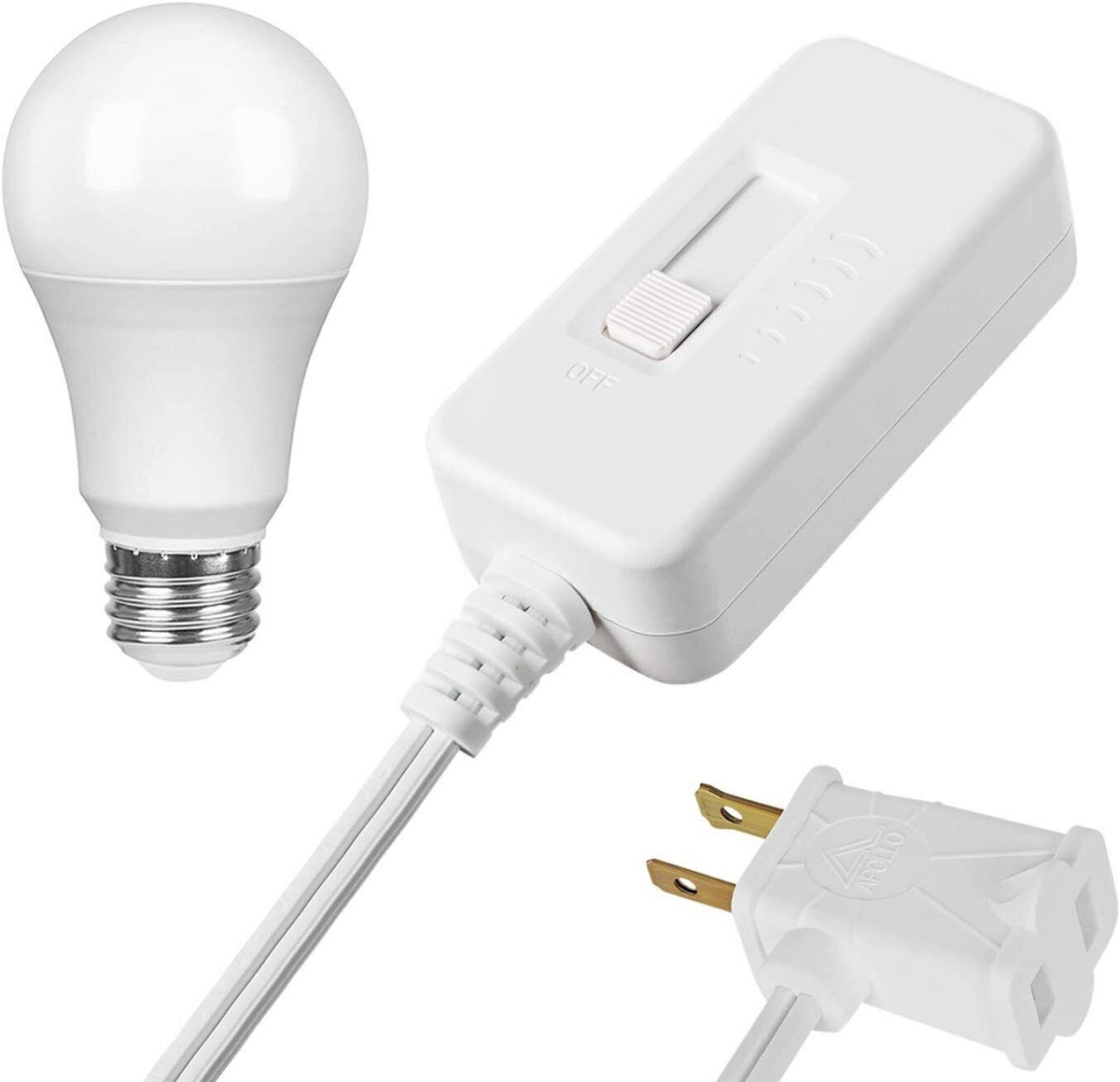


0 thoughts on “What Type Of Dimmer Switch Is Needed For LED Lights”